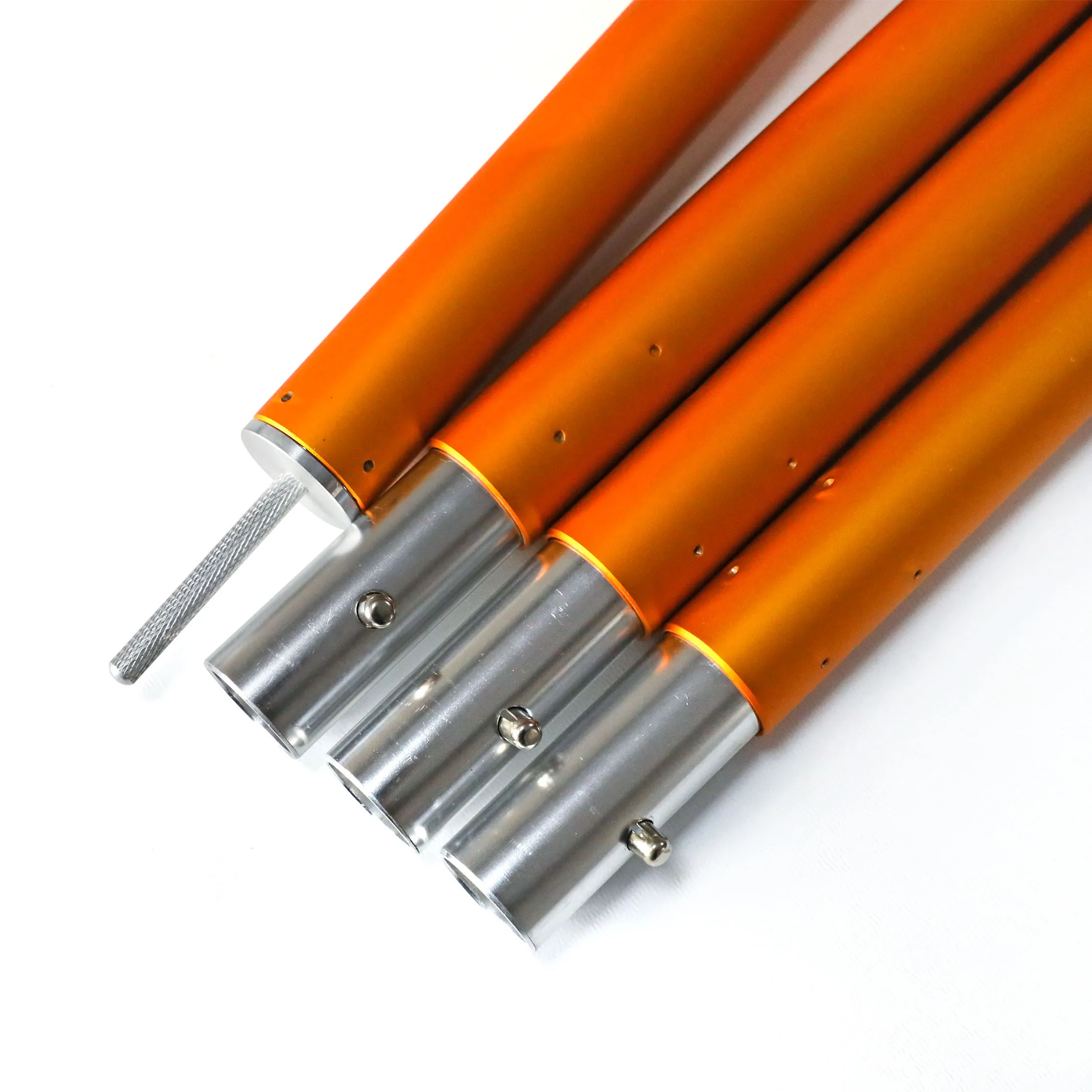T: +86-512-58335585
E: sale@chewit.cn
E: sale@chewit.cn
Shuangshan Road, Jingang Town, Zhangjiagang City, Jiangsu Province, China
Aluminium
ASTM, GB/T
6063, 6061
| Availability: | |
|---|---|
| Quantity: | |




| Standard: | ||||
| ASTM, EN, JIS, DIN, GB/T, etc. GB/T 5237, EN12020-1.2, ASTM B85-96, JIS H5302, Etc | ||||
| Material Grade: | ||||
| 1000 series: | 1050,1060,1070,1080,1100,1435, etc. | |||
| 2000 series: | 2011, 2014,2017,2024, etc. | |||
| 3000 series: | 3002,3003,3104,3204,3030 , etc. | |||
| 5000 series: | 5005,5025,5040,5056,5083, etc. | |||
| 6000 series: | 6101,6003,6061,6063,6020,6201,6262,6082, etc. | |||
| 7000 series: | 7003,7005,7050,7075, etc. | |||
| Size: | Outer Diameter: 14mm, 16mm, 19mm, 22mm, 25mm, 28mm, 23mm, 33mm Wall Thickness: 1mm, 1.2mm, 1.4mm, 1.5mm, 1.8mm | |||
| Shape: | round | |||
| Color: | Nature, silver, bronze, champagne, black, golden, etc. | |||
| Surface Treatment: | Mill finished , anodized , powder coating, Sand blast, etc. | |||
| Status: | T3-T8 Treatment | |||
Lightness: The aluminum alloy material is relatively lightweight, making it easy to carry and carry. It provides enough support for the tent while remaining lightweight and easy to use outdoors. Corrosion resistance: Aluminum alloy has strong corrosion resistance, suitable for use in humid, windy and sunny outdoor environments, and is not easy to rust. High strength: The aluminum alloy material has high strength, which can support the stability of the tent in bad weather conditions such as wind, rain and snow. Durability: The aluminum tent pole is not easy to deform, has a long service life, and is suitable for multiple uses. Easy to operate: Most aluminum tent poles are telescopic design, and users can easily adjust the length of the poles to fit different sizes of tents. Easy to store: The telescopic design allows the tent poles to be shortened, making it easy to store and carry, especially when hiking, camping and other activities.

The alloy aluminum tube profile is mainly produced by the extrusion method. The most commonly used extrusion processes are forward extrusion and reverse extrusion. Extruded alloy aluminum pipes and profiles adopt the production process of ingot heating-extrusion-finishing; for heat-treated aluminum alloys that can be strengthened, quenching and aging treatment are also required. The aluminum alloy wire adopts the production process of hot extrusion-annealing-stretching-heat treatment-finishing.





| Standard: | ||||
| ASTM, EN, JIS, DIN, GB/T, etc. GB/T 5237, EN12020-1.2, ASTM B85-96, JIS H5302, Etc | ||||
| Material Grade: | ||||
| 1000 series: | 1050,1060,1070,1080,1100,1435, etc. | |||
| 2000 series: | 2011, 2014,2017,2024, etc. | |||
| 3000 series: | 3002,3003,3104,3204,3030 , etc. | |||
| 5000 series: | 5005,5025,5040,5056,5083, etc. | |||
| 6000 series: | 6101,6003,6061,6063,6020,6201,6262,6082, etc. | |||
| 7000 series: | 7003,7005,7050,7075, etc. | |||
| Size: | Outer Diameter: 14mm, 16mm, 19mm, 22mm, 25mm, 28mm, 23mm, 33mm Wall Thickness: 1mm, 1.2mm, 1.4mm, 1.5mm, 1.8mm | |||
| Shape: | round | |||
| Color: | Nature, silver, bronze, champagne, black, golden, etc. | |||
| Surface Treatment: | Mill finished , anodized , powder coating, Sand blast, etc. | |||
| Status: | T3-T8 Treatment | |||
Lightness: The aluminum alloy material is relatively lightweight, making it easy to carry and carry. It provides enough support for the tent while remaining lightweight and easy to use outdoors. Corrosion resistance: Aluminum alloy has strong corrosion resistance, suitable for use in humid, windy and sunny outdoor environments, and is not easy to rust. High strength: The aluminum alloy material has high strength, which can support the stability of the tent in bad weather conditions such as wind, rain and snow. Durability: The aluminum tent pole is not easy to deform, has a long service life, and is suitable for multiple uses. Easy to operate: Most aluminum tent poles are telescopic design, and users can easily adjust the length of the poles to fit different sizes of tents. Easy to store: The telescopic design allows the tent poles to be shortened, making it easy to store and carry, especially when hiking, camping and other activities.

The alloy aluminum tube profile is mainly produced by the extrusion method. The most commonly used extrusion processes are forward extrusion and reverse extrusion. Extruded alloy aluminum pipes and profiles adopt the production process of ingot heating-extrusion-finishing; for heat-treated aluminum alloys that can be strengthened, quenching and aging treatment are also required. The aluminum alloy wire adopts the production process of hot extrusion-annealing-stretching-heat treatment-finishing.
